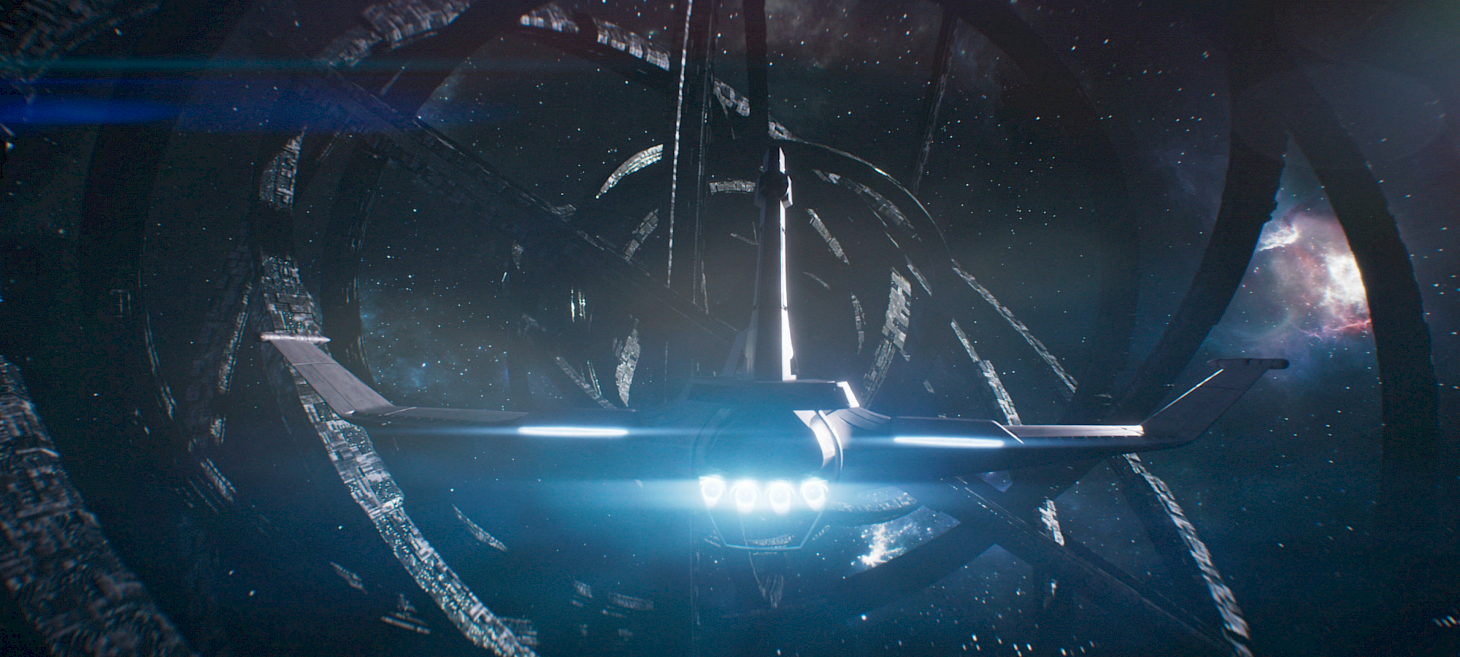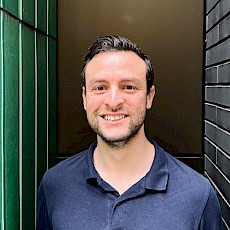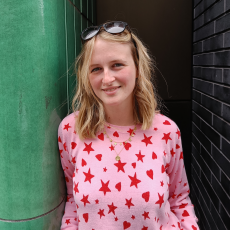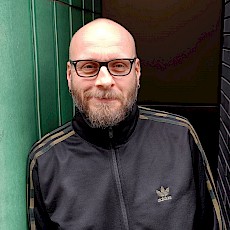Crafting the Digital Cosmos for Black Mirror
Union was proud to serve as lead VFX vendor on USS Callister: Into Infinity, the thrilling, feature-length finale to Black Mirror’s seventh series. A long-awaited sequel to the Emmy-winning episode USS Callister (2017), this latest instalment reunites viewers with Captain Nanette Cole and her digital crew as they navigate survival and identity within the Infinity game.
Written by Black Mirror creator Charlie Brooker and directed by Toby Haynes for Netflix, the episode revisits the original characters and storyline. The plot resumes with Captain Nanette Cole and her remaining crew struggling to survive within the Infinity game while grappling with the consequences of their digital existence on their real-world counterparts.
Union’s extensive VFX work encompassed over 200 shots – many of them complex, fully CG – and delivered by more than 90 artists across Union’s London and Montréal studios. DFX Supervisors David Schneider in London and Iain Read in Montréal led the charge, supported by Tallulah Baker producing across both sites. Together, they worked closely with overall VFX Supervisor James MacLachlan and VFX Producer Josie Henwood to bring the episode’s striking visuals to life.
Union’s remit covered the entire episode – from hero spaceships and teleportation to respawning effects, expansive galactic environments and a climactic showdown around the colossal Heart of Infinity.
Spaceships and Battles
The episode’s epic space battles bring a distinctly Black Mirror spin to the genre. Union was given access to the original USS Callister model and brought it up to date for their cutting-edge USD-based CG pipeline.
The final battle, staged in the dark and dangerous heart of the Infinity game, was realised with strong, hard lighting and atmospheric effects to create an ominous, charged atmosphere.
David Schneider explains how he and his team tackled this task, “We took the designs of the fighter jets, modelled them and accentuated them with coloured emissive lights reflecting the costume design of each character. This really helped the audience follow the action and added that retro game feel.
“The action constantly evolved through collaboration with Toby, Charlie and the VFX production team. Union was supplied with previs mapping out the action beats, which was ingested into our pipeline once we entered full production. We were then able to iterate on the animation until we achieved a clear, exciting action sequence true to the Black Mirror world.”
Heart of Infinity
The Heart of Infinity was the largest CG build of the episode. The team began with a concept supplied by Toby Haynes, Charlie Brooker and Production Designer Miranda Jones. The brief involved large concentric rings rotating around one another in an ominous fashion. Union modelled and animated the Heart of Infinity, presenting various iterations before settling on enormous concentric rings constructed from computer parts, passing around one another at high speed, chopping like guillotines.
Teleportation and Fragging
Teleportation is a key element of the episode, with characters using it to travel between the spaceship and planets. The teleportation effect is visually distinct, with characters dissolving into digital cubes, reflecting the game-world aesthetic.
David Schneider worked closely with the production’s creative team to establish the look: “We came up with the idea of how, in games, you have elements that progress from low detail to high detail as more data is loaded. We used this as the concept behind the teleporting. The first thing you see is a low-resolution, blocky structure, roughly the shape of the character. It then refines through several levels, resolving into the exact scan of the character’s body. It was a lot of fun to develop, and you really get the feeling of being in a video game. We carried that concept through to the design of what happens when somebody gets killed in the game – players explode into a shower of digital cubes.”
Environments & LED Screens
To create the show’s expansive galactic environments, the show's production team drew on the work of artist Mark Kolobaev, whose concepts were adapted into animated, moving images by Union.
The production also embraced a large LED wall for the Callister Bridge’s viewport, giving the cast real images to interact with and enabling natural lighting from the on-screen visuals. This approach created realistic reflections on the chrome surfaces of the set, reducing reliance on green screens and cutting down on green spill.
Union delivered high-resolution sequences of space environments, planets, hyperspace and laser fire effects for live playback on the LED wall, with green and grey screens available at the push of a button.
Client Testimonial
“As the client-side VFX Supervisor on Black Mirror Season 7, I had the privilege of collaborating with Union on some of the most ambitious sequences in the entire series. From gamified teleportation and fragging, to hyperspace designs, other worlds and a truly monumental space battle, Union delivered world-class visual effects that elevated every frame.
"What stood out most was not just the quality of the final shots, which were nothing short of breathtaking, but the incredible dedication and skill behind them. David and the artists at Union brought a perfect balance of technical precision and creative flair to every challenge we threw at them. Their problem-solving, inventiveness, and sheer artistry made them an indispensable part of the team.
"Union didn’t just contribute to Season 7, they helped define it. I’d work with them again in a heartbeat.”— James MacLachlan, Production VFX Supervisor – Black Mirror Season 7
Streaming Now
Black Mirror: USS Callister – Into Infinity is now available globally on Netflix.




